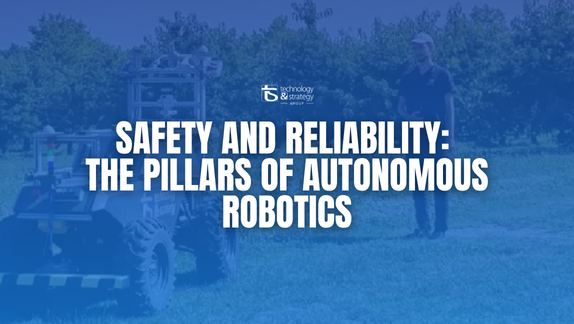In our previous article, we explored the fundamentals of Model-Based Systems Engineering (MBSE) and discovered how this model-based systems engineering approach can revolutionize the design of both simple and complex systems. If you haven't read it yet, I invite you to check out that article here.
Today, we're going to look at how to implement MBSE in your company. Where to start? How to successfully carry out this transformation? Here are the key steps to follow to effectively integrate MBSE into your projects and take full advantage of its many benefits.
Key steps for implementation
Phase 1: Assessment and preparation
- Assessing the company's maturity: Before diving headfirst into MBSE, it is essential to assess your company's level of maturity in terms of the product development lifecycle. What are your current processes? What tools do you use? This assessment will allow you to identify strengths and weaknesses to work on. It's like getting a checkup before starting a new diet.
- Define objectives: What are the objectives you want to achieve with MBSE? Reduce costs? Improve quality? Speed up turnaround times? By defining clear and measurable objectives, you will be able to define the right strategy and tools, track the progress of your project, and measure the return on investment.
- Choose a pilot project: Rather than transforming all your projects at once, it is better to start with a pilot project. This project should be representative enough of your developments to highlight the benefits of MBSE, but not so atypical that it creates exceptions or frustration that prevent teams from buying in. It's like learning to swim in a small pool before diving into the open sea.
Phase 2: Training and awareness
- Train teams: The successful implementation of MBSE depends on the buy-in of all teams. It is therefore essential to offer training tailored to different profiles. Engineers will need to learn how to use modeling tools, while managers will need to understand the challenges of MBSE and its impact on project management.
- Communicate the benefits: It is important to communicate clearly and regularly about the benefits of MBSE for teams. Workshops, presentations, and feedback or promotional activities can help generate enthusiasm and overcome any resistance.
Phase 3: Implementation
- Create models: Once the teams have been trained, it is time to model the system. The models must be detailed enough to represent the system accurately, but not so complex that they are difficult to maintain.
- Integrate MBSE into existing processes: MBSE should not be viewed as an isolated method, but as a complement to existing working methods. It is important to adapt existing processes to integrate models and analyses from MBSE.
Phase 4: Continuous improvement
- Evaluate results: It is essential to measure the impact of MBSE on the company. What are the concrete benefits? What areas need improvement?
- Improve practices: Based on the results of the evaluation, the methods and tools used can be adjusted. MBSE is an iterative process that must be constantly improved.
Implementing Model-Based Systems Engineering (MBSE) in a company is an ambitious undertaking that requires careful preparation and a thorough understanding of the tools and methods involved. By following the key steps and adopting best practices, you can transform the way you work and take full advantage of the benefits of MBSE.
In our next article, we will discuss the challenges of implementing MBSE and how to overcome them. Stay tuned to discover strategies and tips for making a smooth transition and maximizing the benefits of your adoption of MBSE. Don't miss this essential practical guide!




